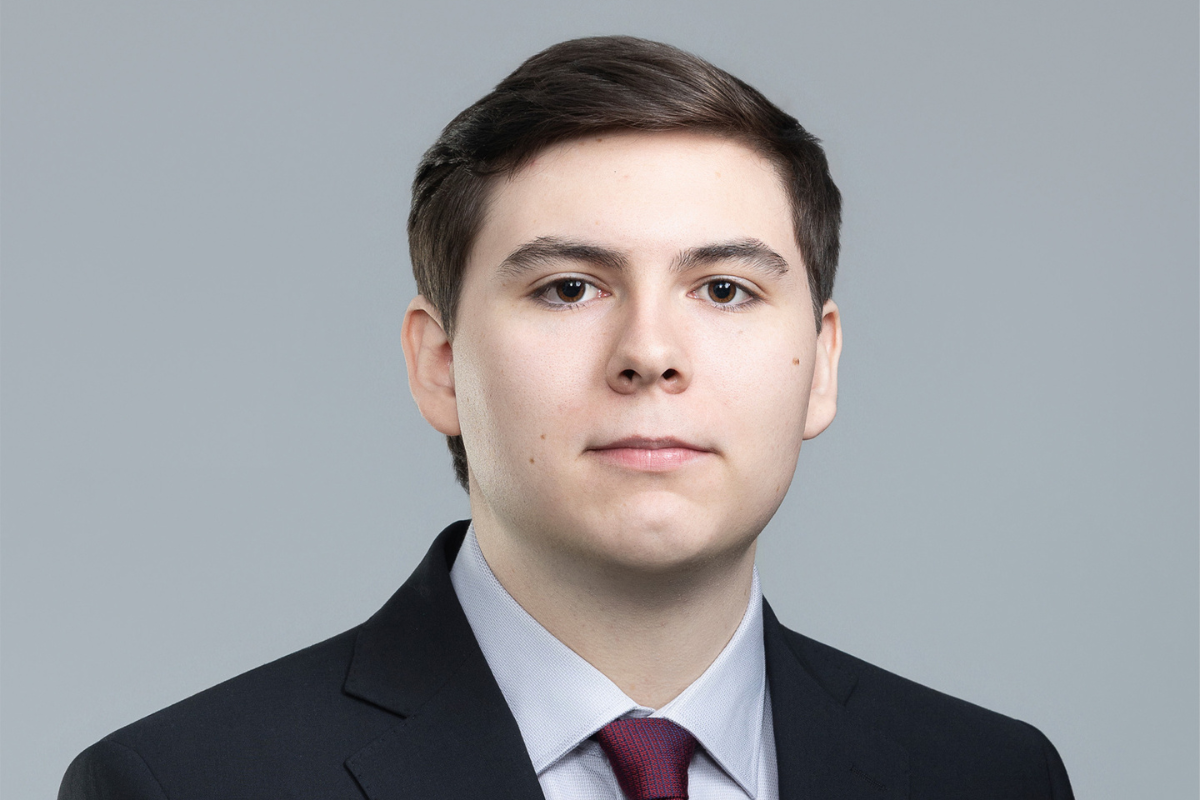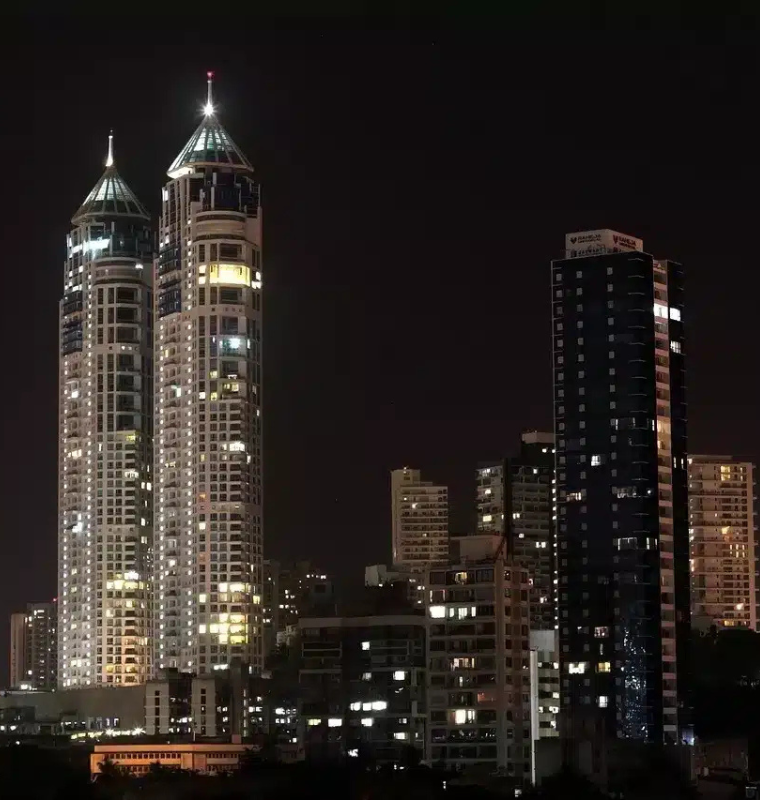Russia on Alert as Trump Pushes to Restart U.S. Nuclear Tests
Russia on Alert as Trump Pushes to Restart U.S. Nuclear Tests
By
Junia Wells
Last updated:
October 31, 2025
First Published:
October 31, 2025

U.S. President Donald Trump speaks with Russian President Vladimir Putin, as they meet to negotiate for an end to the war in Ukraine, at Joint Base Elmendorf-Richardson in Anchorage, Alaska, U.S., August 15, 2025. | Kevin Lamarque | Reuters
President Donald Trump’s call to resume U.S. nuclear weapons testing after more than 30 years has stirred global concern, with Russia signaling it would “act accordingly” if the longstanding moratorium were broken. The announcement came just ahead of Trump’s high-profile talks with Chinese President Xi Jinping in Asia.
Trump’s Nuclear Testing Directive
In a post on his Truth Social platform, Trump stated that he had instructed the Pentagon — which he referred to as the “Department of War” — to restart nuclear weapons testing immediately. He cited rising global threats, saying:
“The United States has more nuclear weapons than any other country. Russia is second, China is a distant third but will catch up within five years. Because of other countries’ testing programs, I have instructed the Department of War to begin testing our nuclear weapons on an equal basis.”
This announcement marks a stark pivot from the U.S.’s previous policy. The last official American nuclear test took place in 1992, following the Partial Test Ban Treaty and the establishment of the Comprehensive Nuclear-Test-Ban Treaty, which has since been ratified by 178 countries.
Kremlin Response
The Russian government responded cautiously. Kremlin spokesperson Dmitry Peskov emphasized that Russia has not conducted nuclear tests and clarified recent missile tests were not nuclear in nature. However, he reiterated that President Vladimir Putin has warned that Russia will respond if the U.S. abandons the moratorium.
Peskov added that while all nations develop defense systems, the Kremlin does not consider this move an arms race yet, though geopolitical tensions remain high.
Geopolitical Context
Trump’s announcement follows heightened global military activity. Last week, Russia successfully tested the Burevestnik long-range cruise missile, capable of carrying nuclear or conventional warheads. Moscow touted the missile as “invincible” with unlimited range and advanced evasion capabilities, though Trump downplayed the test, urging Russia to focus on ending the war in Ukraine.
Meanwhile, Trump met with Xi Jinping in South Korea, achieving agreements on rare earth supplies, a 1-year deal for U.S. energy exports, and reductions in tariffs on Chinese goods, bringing total duties down to 47%. Xi described the U.S.-China relationship as one of partnership and friendship, signaling a cooperative stance that may concern Moscow, given China’s strategic ties to Russia.
Implications for Global Security
The renewed discussion of nuclear testing raises concerns over modernizing arsenals and the potential escalation of a global arms race. Historically, the 1963 Partial Test Ban Treaty and subsequent agreements aimed to limit nuclear testing, yet Trump’s directive could challenge decades of non-proliferation norms.
Experts highlight that nations like India and Pakistan, which are outside the treaty framework, continue nuclear development, underscoring the delicate balance of deterrence and diplomacy.
While the Kremlin has not outlined specific countermeasures, the warning signals heightened vigilance. Analysts predict that any U.S. testing program could spur accelerated modernization of Russia’s own nuclear capabilities, as well as increased monitoring and development by other nuclear-armed states.
Russia, U.S., and China: A Delicate Triangle
Moscow’s concern is amplified by the Trump-Xi dialogue, which yielded concrete trade agreements and a cooperative tone on global issues. Russia, facing isolation following its 2022 invasion of Ukraine, may see closer U.S.-China ties as a strategic challenge.
Regarding Ukraine, Trump remarked on the ongoing conflict: “The two sides are locked in fighting, and sometimes you’ve got to let them fight, I guess.” The statement reflects a more hands-off U.S. stance on the conflict while emphasizing deterrence through nuclear readiness.
What’s Next
Trump’s announcement and the Kremlin’s warning underscore a potential turning point in nuclear geopolitics. If testing resumes, it could prompt accelerated modernization programs worldwide and redefine strategic deterrence in an era marked by rising tensions among nuclear powers.
The coming weeks will be critical as policymakers, analysts, and international observers assess whether this move signals a temporary shift or a broader recalibration of global nuclear strategy.
Popular articles
Subscribe to unlock premium content
The Business Behind Handcrafted Japanese Knives That Sell for Thousands

How Calm Turned Bedtime Stories Into a $1 Billion Wellness Empire

The Rise of AI Digital Pets as a Billion-Dollar Fantasy

The Business Behind Handcrafted Japanese Knives That Sell for Thousands

How Calm Turned Bedtime Stories Into a $1 Billion Wellness Empire

The Business Behind Handcrafted Japanese Knives That Sell for Thousands









